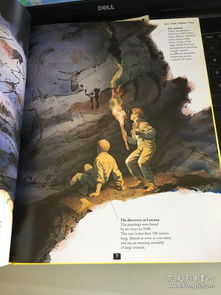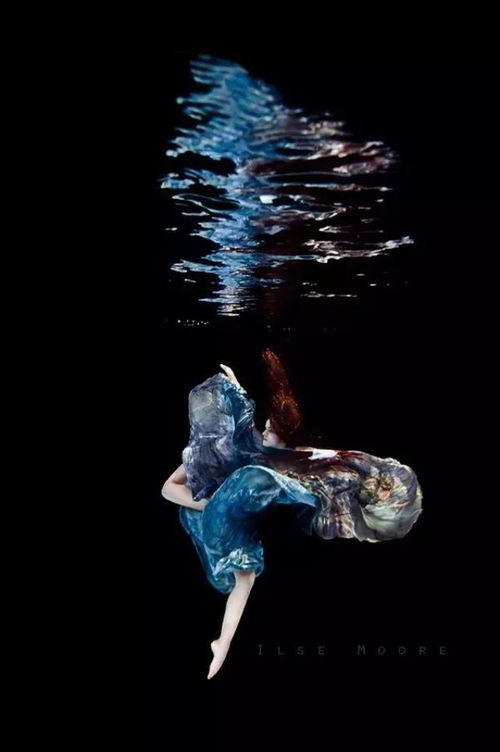Introduction:

Fly fishing, an art form as much as a sport, requires a blend of patience, skill, and a deep understanding of the environment. One of the most crucial elements in fly fishing is the use of饵料(lure). This article delves into the world of wild fly fishing, offering expert tips and techniques on how to effectively use饵料 to entice your catch.
Understanding the Basics of Fly Fishing Lures:
Before we delve into the specifics of饵料 usage, it's important to understand the basics. Lures in fly fishing are designed to mimic the movement and appearance of natural prey. They come in various shapes, sizes, and materials, each tailored to different fish species and conditions.
Choosing the Right Lure for Wild Fly Fishing:
Know Your Target Species: Different fish species have different preferences. For instance, trout are often attracted to smaller, more delicate lures, while bass may require larger, more robust offerings.
Consider the Water Conditions: The flow of the water, clarity, and depth can significantly impact your choice of lure. In slower, clearer streams, smaller, more natural-looking lures might be more effective. In faster, murkier waters, brighter or more durable lures might be necessary.
Seasonal Changes: Fish behavior can change with the seasons. During the spawning season, fish might be more aggressive, requiring larger lures. In the cooler months, they may be more cautious, necessitating more subtle presentations.
Effective Techniques for Using Lures in Wild Fly Fishing:
The Cast: A well-executed cast is the foundation of successful fly fishing. Practice your casting technique to ensure that your lure lands precisely where you want it, without spooking the fish.
The Retrieve: The way you retrieve your lure can make or break your catch. A slow, steady retrieve can mimic the natural movement of an insect, while a more erratic, pulsating retrieve can attract the attention of more aggressive fish.
Mimicking Prey: Understand the natural movement of the prey you're trying to mimic. For example, if you're fishing for trout, you might want to use a lure that imitates the wiggling motion of a mayfly.
Adjusting to Spooked Fish: If you notice that the fish are spooked or not biting, try changing your lure or adjusting your retrieve. Sometimes, even the smallest tweak can make a difference.
Advanced Lure Techniques:
Nymphing: Nymphing involves using a fly that imitates an insect in its nymph stage, which is when it is underwater. This technique requires precise casting and delicate presentation.
Dry Fly Fishing: Dry fly fishing is when you fish with a fly that imitates an insect on the surface of the water. It requires a light touch and the ability to present the fly without disturbing the surface film.
Streamers: Streamers are large, often brightly colored flies that are designed to mimic larger prey like leeches or minnows. They are particularly effective in cold water or when fish are in a feeding mood.
Conclusion:
Mastering the art of fly fishing, especially when it comes to using饵料 effectively in the wild, is a journey that requires practice, patience, and a deep respect for the environment. By understanding the basics, choosing the right lure, and mastering the techniques, you'll be well on your way to becoming a proficient fly fisherman. Remember, the key to success lies in understanding the fish and adapting your approach accordingly. Happy fishing!












